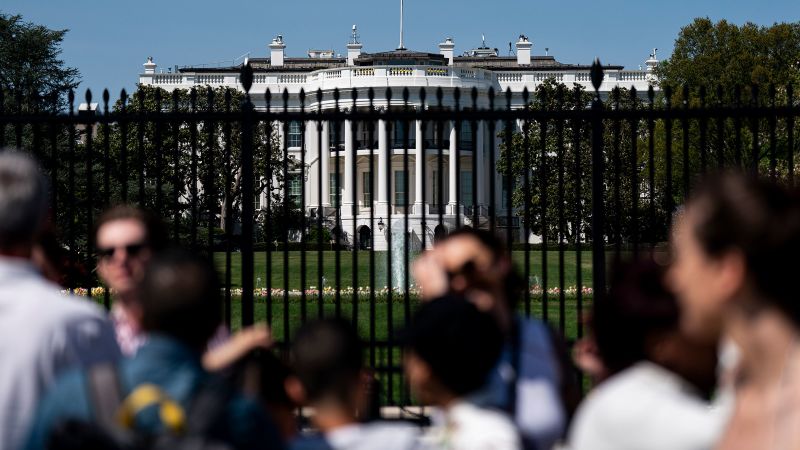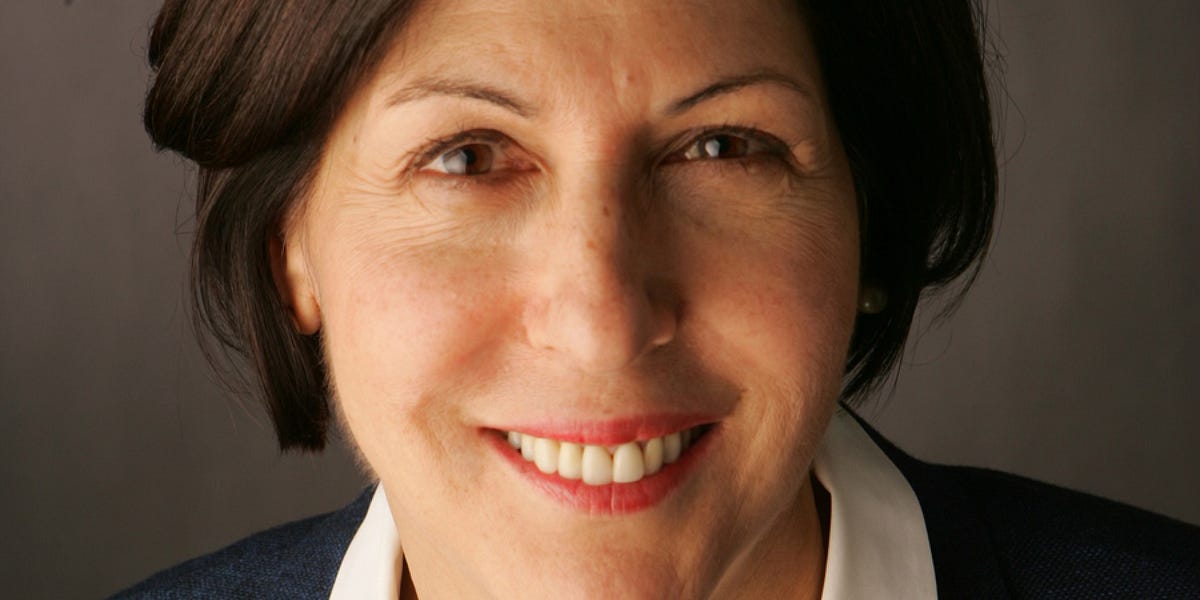CNN
—
The creation of 175,000 jobs in April by US employers has been termed a “Goldilocks” report by leading economists: Creating enough jobs to keep the labor market humming along healthily, but slowing down enough to signal it might be time for the Federal Reserve to begin cutting interest rates.
Within the walls of the White House, it was seen the same way, stoking relief among officials, who said the data hewed near the team’s own targets for ideal job creation.
“We’re very close to that,” one official told CNN, requesting anonymity to describe private deliberations.
The US economy has consistently posted blockbuster jobs growth in recent months, surpassing the expectations of experts and the president himself, who has penned op-eds in the Wall Street Journal predicting the economy would cool to a “stable and steady” level.
But that strength created a double-edged sword: When more people have jobs, they can afford to buy more goods and services – driving up demand and, in response, prices. The inflation fueled by that economic growth has left a lasting negative impression on voters who list it among their top concerns going into the November election.
While President Joe Biden has talked up economic strength on the trail, multiple donors have been telling the White House and the campaign he needs to tap into the frustration of the electorate – echoing concerns his former chief of staff Ron Klain raised at a private event in recent weeks. The average American may have a job – thanks to the hot labor market – but that’s hardly solace when their grocery bills, rent and car payments have become unmanageable.
“For that person, it doesn’t feel like things have gotten better,” one longtime Biden donor, requesting anonymity to share private conversations, told CNN. “That’s the person the Democratic Party relies on to vote.”
The Federal Reserve has been fighting inflation by raising interest rates – driving up costs for borrowing to buy a major purchase like a house or car, even as the costs for the underlying house and car have risen considerably, too.
In the wake of the latest jobs report, many market participants are now expecting the Federal Reserve to begin cutting interest rates in September, potentially easing a source of consternation for voters. Mark Zandi, an economist at Moody’s cited frequently by the White House, said certain psychological thresholds will remain important as the election approaches.
“If gas prices go above $4 and mortgage rates go above 8%,” Zandi told CNN, Biden “has a problem.”
Biden has begun to talk openly about what he thinks the Federal Reserve will do, a rhetorical departure for a leader who has championed central bank independence and refrained from appearing to influence its decisions.
The last time the US economy created fewer than 200,000 jobs – in November 2023 – Biden called it a “sweet spot” that should prevent the Federal Reserve from continuing to raise interest rates.
In March, he referred to the Fed as “that little outfit that sets interest rates,” telling a campaign audience, “I bet those rates come down.” And in April, asked whether persistently high inflation data would scrap that outcome, Biden said a delay was possible.
“I do stand by my prediction that before the year is out, there will [be] a rate cut,” Biden said.
In the meantime, White House officials continue to watch the data carefully and refrain from declaring victory until it bears out the trajectory the Biden administration wants to see.
“The best measure of inflation is inflation,” the official told CNN.











